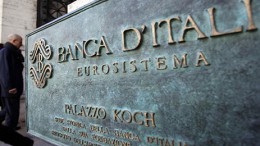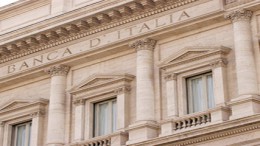Monte Dei Paschi, An Example Of Italian Banks Solvency Problems
After the lack of success of private initiatives to help restructure Italy’s banking system, the government is now looking at how it can directly step in and help out the banks. Monte dei Paschi di Siena (MPS) is one of Italy’s biggest banks and the one which has the largest amount of toxic assets on its balance sheet by a long shot. At the end of the first quarter, MPS’ exposure to toxic assets was over 47 billion euros.






